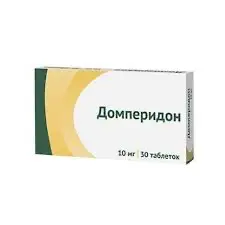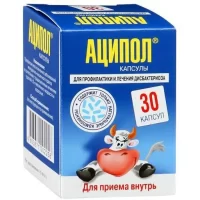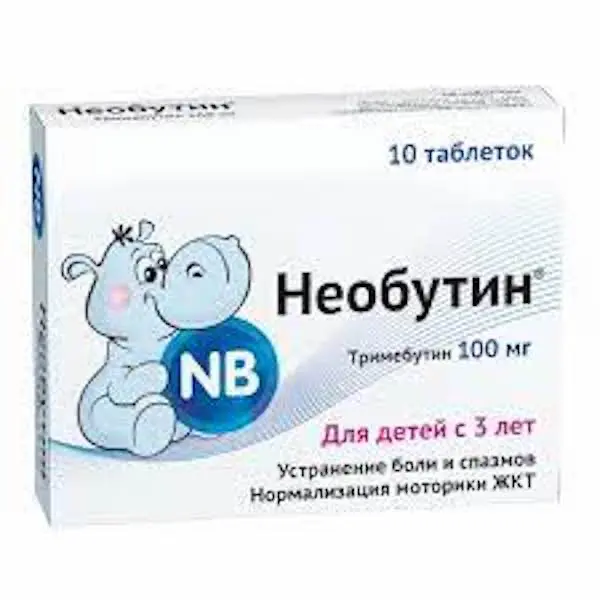Description
Domperidone Pharmacodynamics
Domperidone is a dopamine antagonist with antiemetic properties. Domperidone poorly penetrates through the blood-brain barrier. Domperidone use is rarely accompanied by extrapyramidal side effects, especially in adults, but domperidone stimulates prolactin release from pituitary gland. Its antiemetic effect may be due to a combination of peripheral (gastrokinetic) action and antagonism to dopamine receptors in the chemoreceptor trigger zone, which is outside the blood-brain barrier. Animal studies and low concentrations of the drug detected in the brain indicate a predominantly peripheral effect of domperidone on dopamine receptors.
When administered orally, domperidone increases the duration of antral and duodenal contractions, accelerates gastric emptying and increases lower esophageal sphincter pressure. Domperidone has no effect on gastric secretion.
Indications
To relieve symptoms of nausea and vomiting.
Contraindications
Hypersensitivity to domperidone or any other component of the drug; Lactose intolerance, lactase deficiency, glucose-galactose malabsorption; Prolactinoma;
Concomitant use of oral forms of ketoconazole, erythromycin or other strong CYP3A4 isoenzyme inhibitors that cause prolongation of QT interval (e.g. clarithromycin, itraconazole, fluconazole, posaconazole, voriconazole, ritonavir, saquinavir, amiodarone, telithromycin, telaprevir) (see sections “Interaction with other medicinal products”, “Special information”);
Severe electrolyte disturbances or cardiac diseases, such as chronic heart failure;
Bleeding from the gastrointestinal tract, mechanical intestinal obstruction, gastric or intestinal perforation;
Liver failure of moderate to severe severity;
Body weight less than 35 kg, children under 12 years of age;
Pregnancy and breast-feeding.
With caution: childhood; impaired renal function.
Administration during pregnancy and breast-feeding
Application of Domperidone during pregnancy and breast-feeding is contraindicated.
Dosage and administration method
- Inside.
- It is recommended to take film-coated tablets 15-30 minutes before a meal; absorption of domperidone may be delayed if taken after a meal.
- Adults and children over 12 years of age with a body weight of 35 kg or more: 1 tablet (10 mg) 3 times daily. The maximum daily dose is 3 tablets (30 mg).
Usually the duration of the treatment course does not exceed one week. - Children up to 12 years of age and those with body weight of 35 kg or more
1 tablet (10 mg) 3 times a day. The maximum daily dose is 3 tablets (30 mg). In pediatric practice, domperidone in another dosage form should mainly be used. - Continuous use of domperidone without physician’s consultation should not exceed 7 days in duration. If necessary, the physician may prolong the course of treatment.
- Use in patients with renal insufficiency
Since the half-life of domperidone in severe renal failure (at serum creatinine level > 6 mg/100 ml, i.e. > 0.6 mmol/l) is prolonged, the frequency of administration should be reduced to 1 or 2 times per day, depending on the severity of the failure. Patients with severe renal insufficiency should be examined regularly (see section “Pharmacological properties”). - Use in patients with hepatic insufficiency
No dosage adjustment is required in patients with mild hepatic insufficiency (see section “Pharmacological properties”). The drug is contraindicated in patients with moderate to severe hepatic insufficiency (see section “Contraindications”).





